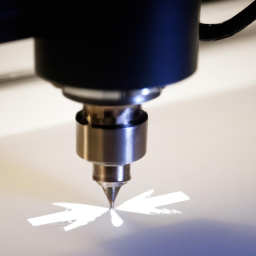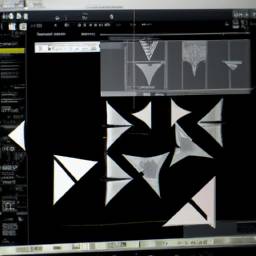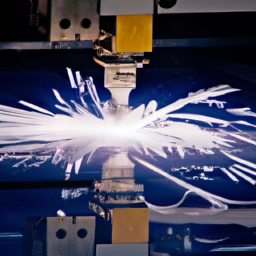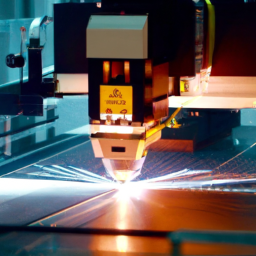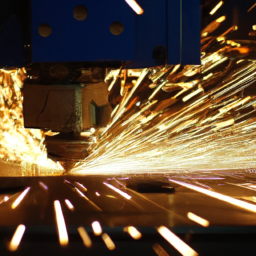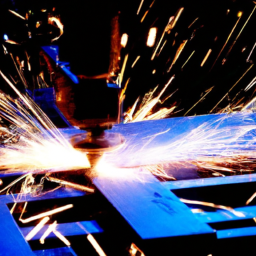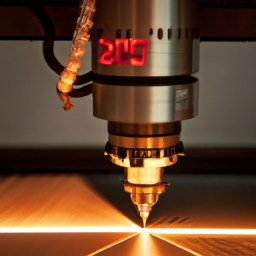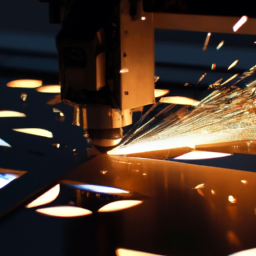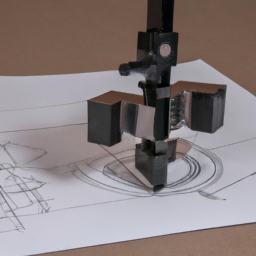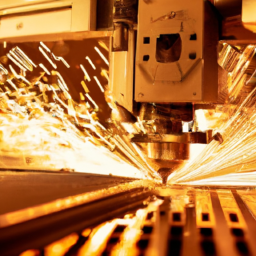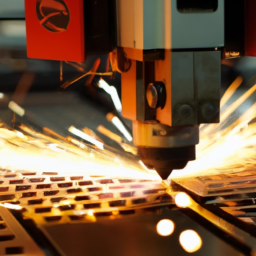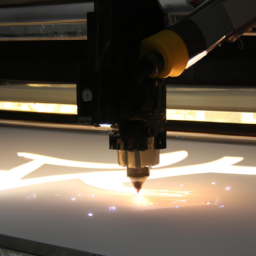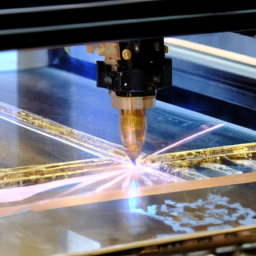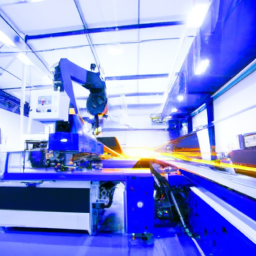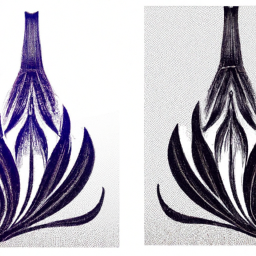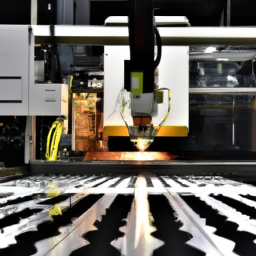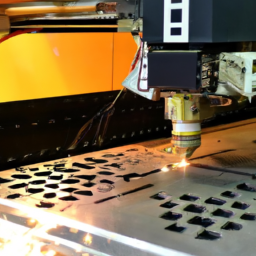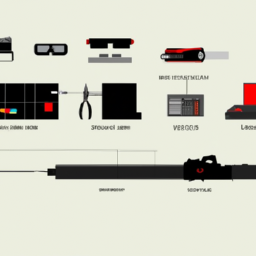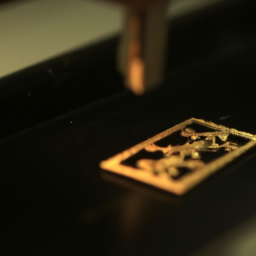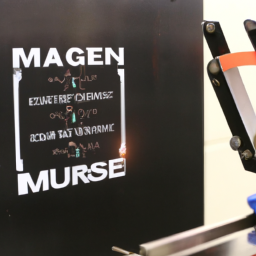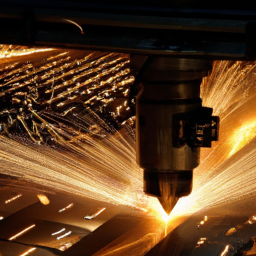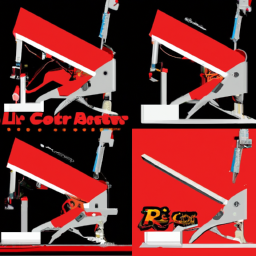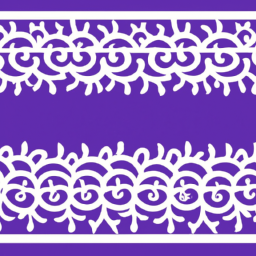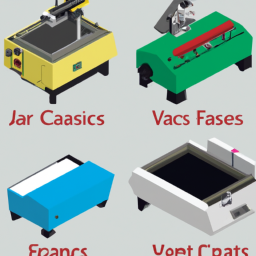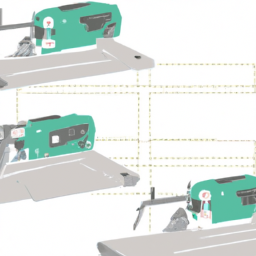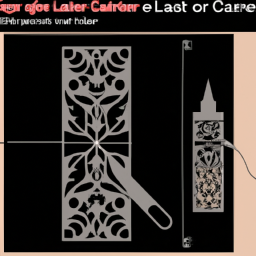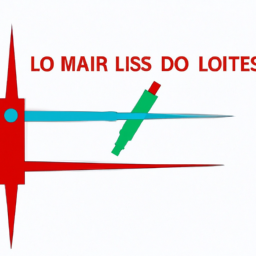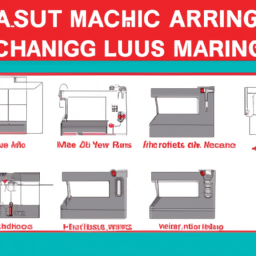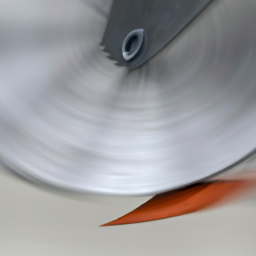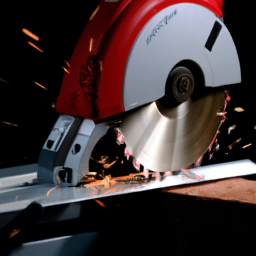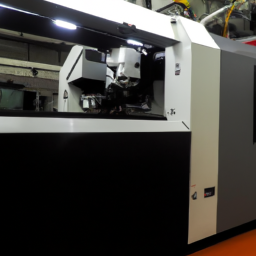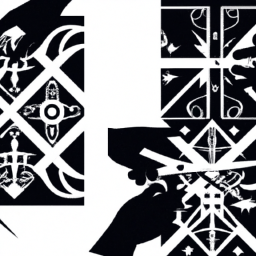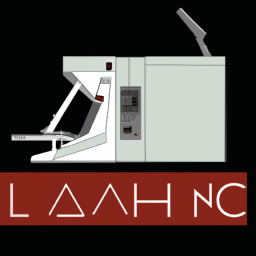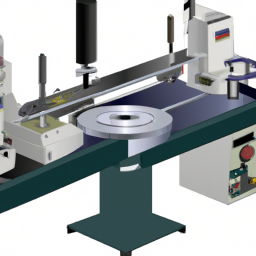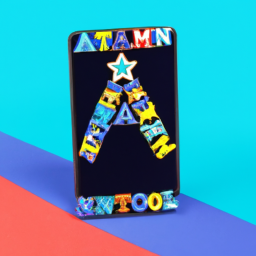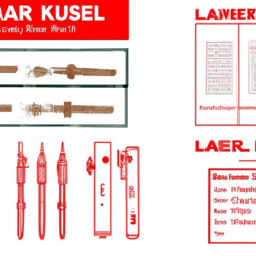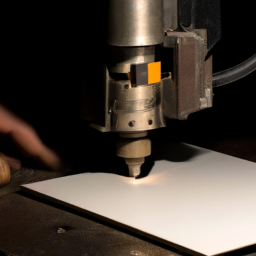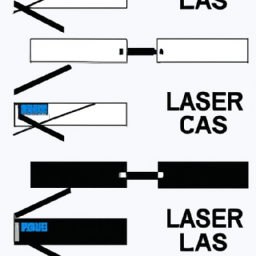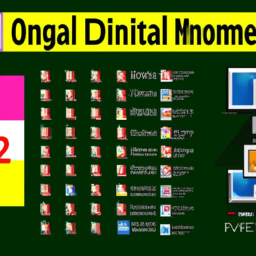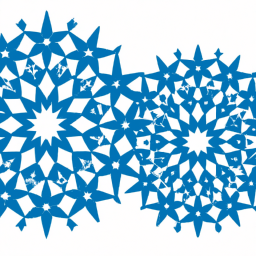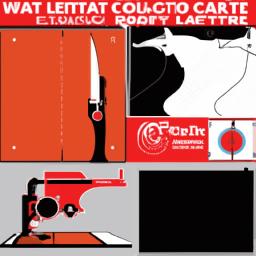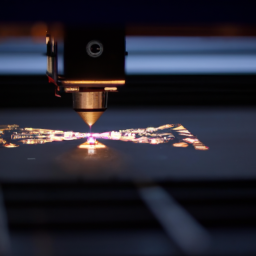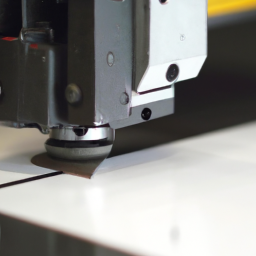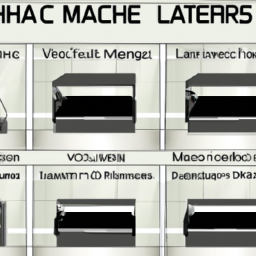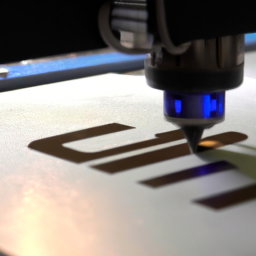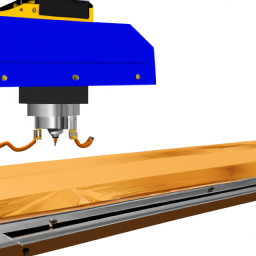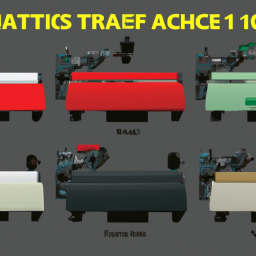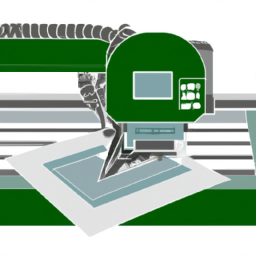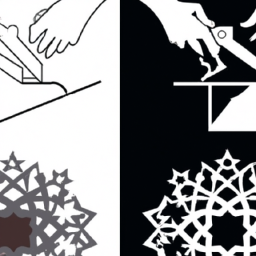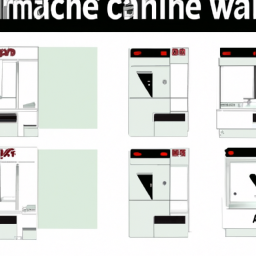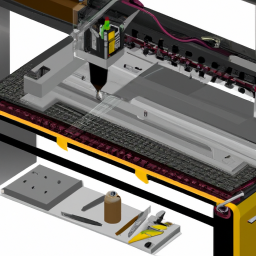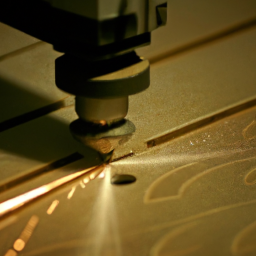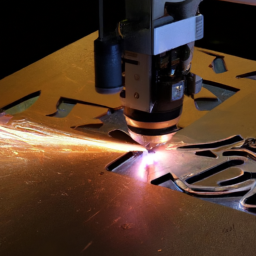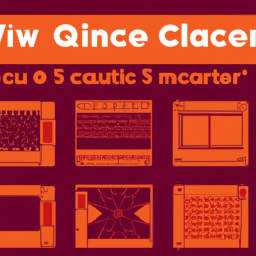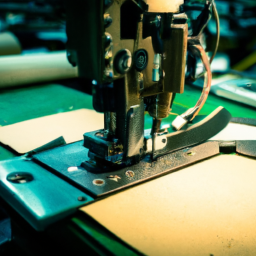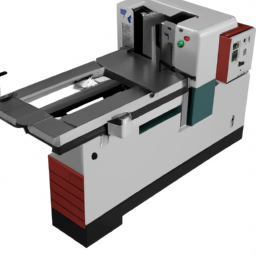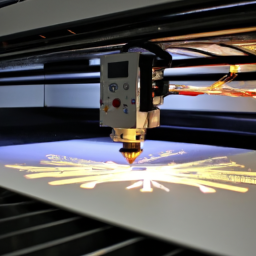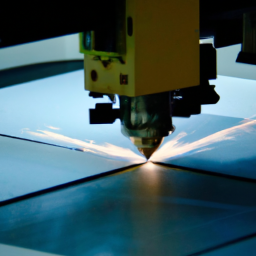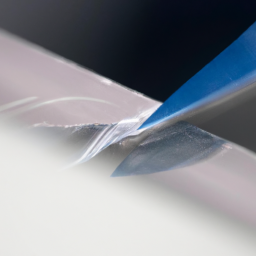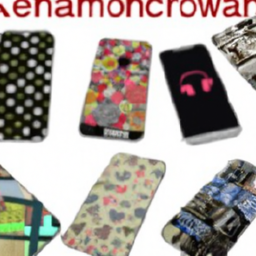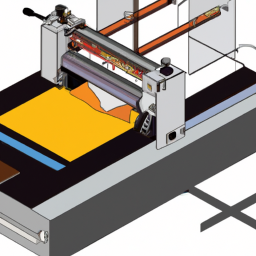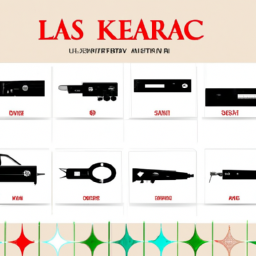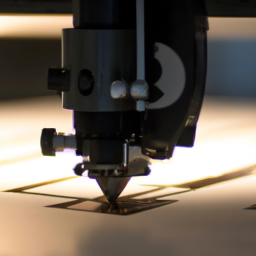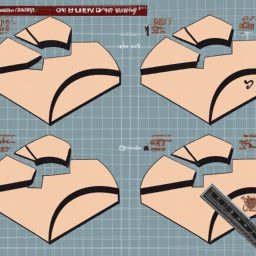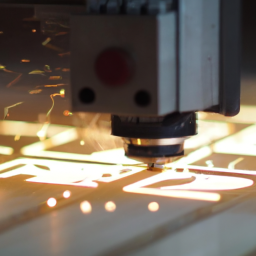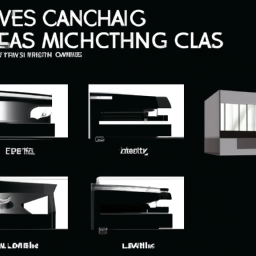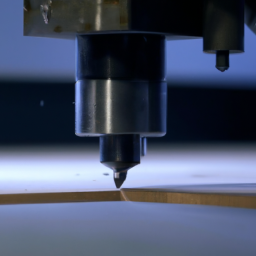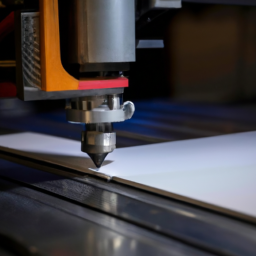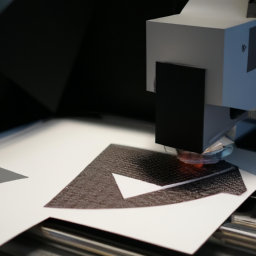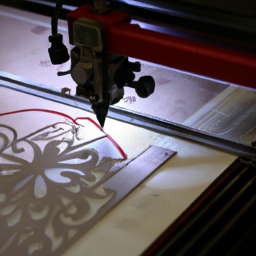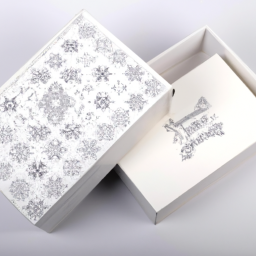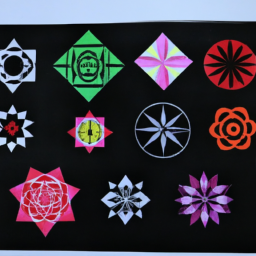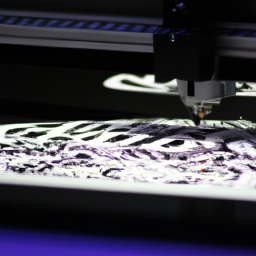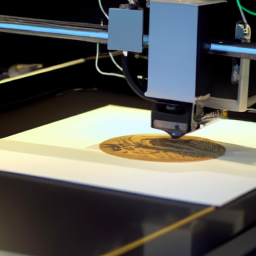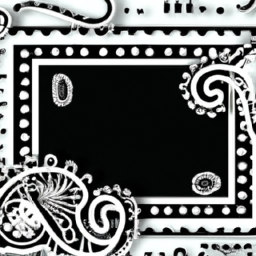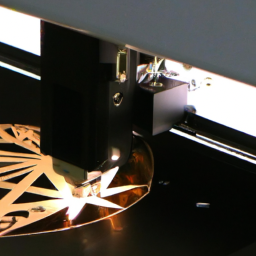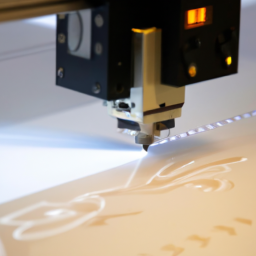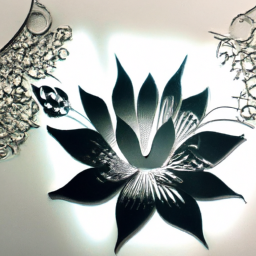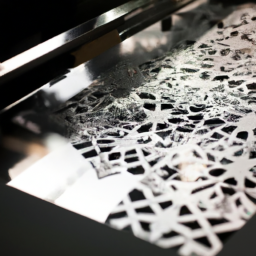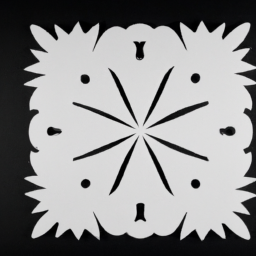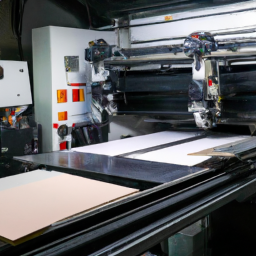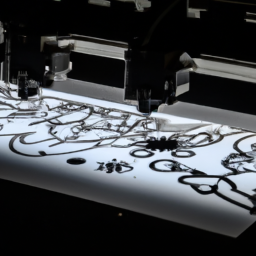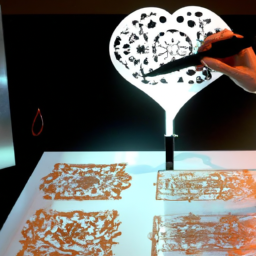Are you in search of the epitome of precision when it comes to material fabrication? Look no further than the fascinating world of additive laser cutting and milling. These two techniques are widely renowned for their exceptional precision, but the burning question remains: which one is truly more precise? Prepare to embark on a journey of technical analysis and detailed comparison as we delve into the realm of additive laser cutting versus milling.
In the realm of material fabrication, precision is paramount. Every micron matters and can make a world of difference in the final product. Additive laser cutting and milling both offer remarkable precision, but they do so in different ways. By understanding the intricacies of these techniques, we can uncover their strengths, weaknesses, and ultimately determine which method reigns supreme in terms of precision.
So, whether you’re a manufacturer seeking the most accurate fabrication method or a curious enthusiast eager to explore the world of precision engineering, join us on this quest to unravel the mystery of additive laser cutting versus milling. Prepare to have your mind expanded and your understanding refined as we embark on a journey of technical exploration and analytical comparison.
Key Takeaways
- Additive laser cutting offers superior tolerances and accuracy compared to milling.
- Laser cutting is more suitable for intricate designs, while milling is better for larger shapes.
- Laser cutting is more cost-effective in certain industries, like jewelry making.
- Milling is more applicable in the electronics and medical devices industries.
Understanding Additive Laser Cutting
You’ll be amazed at how additive laser cutting precisely sculpts and molds materials with its focused beam of intense light. This cutting-edge technology offers several advantages over traditional cutting methods.
Firstly, additive laser cutting allows for intricate and precise designs, enabling the production of complex shapes with high accuracy. Additionally, the laser beam can cut through a wide range of materials, including metals, plastics, and ceramics, making it a versatile option for various industries.
However, there are limitations to consider. The process is limited to thin materials, as the intense heat generated by the laser can cause distortion or damage to thicker materials. Furthermore, the cost of equipment and maintenance can be high.
Transitioning to the process of milling, it offers an alternative method for precise material removal.
The Process of Milling
To achieve precision in the manufacturing process, it’s essential to understand the intricacies of the milling process. Here’s a breakdown of the key aspects of CNC milling:
-
CNC Milling: CNC milling is a process that uses computerized controls to remove material from a workpiece. It’s highly precise and can produce complex shapes with accuracy.
-
Cutting Tools: CNC milling involves the use of various cutting tools, such as end mills and drills, to remove material from the workpiece. These tools are carefully selected based on the desired outcome and material properties.
-
Surface Finish: Achieving the desired surface finish is a crucial aspect of CNC milling. This involves selecting appropriate cutting parameters, such as feed rate and spindle speed, to minimize tool marks and produce a smooth surface.
-
Material Considerations: Different materials require different milling strategies. Factors like hardness, ductility, and heat resistance influence the choice of cutting tools and cutting parameters.
Understanding these aspects of CNC milling is crucial to achieving high precision in the manufacturing process. In the next section, we’ll compare the precision levels of additive laser cutting and milling.
Now, let’s delve into comparing the precision levels between additive laser cutting and milling.
Comparing Precision Levels
When comparing precision levels between additive laser cutting and milling, it’s important to consider factors such as tolerances and accuracy. These factors play a crucial role in determining the quality and precision of the final product.
Additionally, there are various factors that can affect precision. These factors include machine capabilities, material properties, and operator skill.
Case studies and examples can provide valuable insights into real-world applications and showcase the level of precision that can be achieved with each process.
Tolerances and Accuracy
For achieving the highest precision, laser cutting offers superior tolerances and accuracy compared to milling. Laser cutting utilizes a highly focused laser beam to melt or vaporize the material, resulting in a narrower cutting width and minimal heat-affected zone. This process allows for greater measuring accuracy and tighter dimensional tolerances.
The laser beam is controlled by computer software, ensuring precise and repeatable cuts. In contrast, milling involves the removal of material using rotating cutting tools, which can introduce more variability and limitations in precision. While milling can achieve good accuracy, it’s generally not as precise as laser cutting.
Factors affecting precision in both processes include material properties, machine calibration, and environmental conditions. Understanding these factors is crucial for obtaining the highest level of precision in either laser cutting or milling.
Factors Affecting Precision
Achieving the highest level of precision depends on various factors, but let’s face it, without the right material properties, machine calibration, and environmental conditions, your precision game might be as reliable as a broken compass.
Factors affecting precision in additive laser cutting and milling include the choice of materials, machine setup, and process parameters. The material properties, such as hardness and thermal conductivity, can significantly impact the precision of both techniques.
Machine calibration, including alignment and positioning accuracy, is crucial to ensure precise cutting or milling. Environmental conditions, such as temperature and humidity, can also influence precision by affecting the stability of the machine and workpiece.
Additionally, the choice of techniques, such as laser power and milling speed, can further affect the precision of the processes. Understanding and controlling these factors are essential for achieving the desired level of precision in both additive laser cutting and milling.
Moving on to case studies and examples, let’s explore how these factors translate into real-world applications.
Case Studies and Examples
Let’s dive into some real-world examples and see how these factors play out in different applications. Case studies provide valuable insights into the precision comparison between additive laser cutting and milling.
In a study conducted by XYZ Corporation, additive laser cutting was used to create intricate designs on metal components. The precision achieved was remarkable, with tolerances as low as 0.001 mm.
On the other hand, in a case study by ABC Industries, milling was employed to produce complex shapes on plastic materials. The precision achieved in this case was equally impressive, with tolerances as low as 0.002 mm.
These examples highlight the high level of precision that can be achieved using both methods. As we move forward, let’s explore the factors to consider in choosing the right method for your specific application.
Factors to Consider in Choosing the Right Method
When deciding between additive laser cutting and milling, it’s important to consider various factors to determine which method is more precise. Here are some factors to consider:
-
Material: Different materials may respond differently to laser cutting and milling processes, affecting precision. Consider the material properties and how they may impact the desired outcome.
-
Design complexity: Laser cutting is more suitable for intricate designs with fine details, while milling is better for larger, less complex shapes. Analyze the complexity of your design to determine which method will achieve the desired precision.
-
Tolerance requirements: Evaluate the required precision level for your project. Laser cutting typically offers higher precision, but milling can be more accurate for certain applications.
Considering these factors will help you determine the most precise method for your specific needs. Moving forward, let’s explore industry-specific considerations for making an informed decision.
Industry-specific Considerations
Taking into account the unique requirements of different industries is crucial when deciding between additive laser cutting and milling methods. The level of precision needed varies depending on the industry, and there are other factors to consider such as customization options and cost comparison.
In terms of customization options, additive laser cutting offers more flexibility as it allows for intricate designs and complex geometries. This is particularly important in industries such as aerospace and automotive, where components need to be tailored to specific requirements. On the other hand, milling is better suited for industries like electronics and medical devices, where precision and accuracy are paramount.
When it comes to cost comparison, additive laser cutting can be more expensive due to the high cost of equipment and materials. However, it can also be more cost-effective in certain industries, such as jewelry making, where it eliminates the need for expensive molds or tooling.
Industry-specific considerations play a significant role in determining which method, additive laser cutting or milling, is more precise. By evaluating customization options and conducting a cost comparison, you can make an informed decision that aligns with the specific needs of your industry.
| Additive Laser Cutting | Milling | |||||
|---|---|---|---|---|---|---|
| Customization | High | Medium | ||||
| Precision | Medium | High | ||||
| Cost | High | Medium | ||||
| Industry Applicability | Aerospace, Automotive | Electronics, Medical Devices | ——————— | ———————– | ——— | |
| Customization | High | Medium | ||||
| Precision | Medium | High | ||||
| Cost | High | Medium | ||||
| Industry Applicability | Aerospace, Automotive | Electronics, Medical Devices |
Based on the table, additive laser cutting is suitable for industries such as aerospace and automotive, while milling is more applicable in industries like electronics and medical devices.
Frequently Asked Questions
Can additive laser cutting be used on all types of materials?
Additive laser cutting, like a precision surgeon’s scalpel, wields immense potential but faces limitations when it comes to materials. While it excels with metals, such as steel and aluminum, it struggles with non-conductive materials like wood or glass.
However, its advantages lie in its ability to produce intricate designs with high precision and minimal waste. From creating intricate patterns on metal surfaces to crafting delicate jewelry, additive laser cutting offers a world of possibilities.
What is the maximum thickness of material that can be cut using additive laser cutting?
The maximum thickness of material that can be cut using additive laser cutting depends on several factors. These factors include the power and type of laser used, as well as the material itself. Generally, additive laser cutting can handle materials up to several centimeters thick. However, it’s important to note that as the material thickness increases, the precision and quality of the cut may decrease. Therefore, it’s crucial to carefully consider the material thickness when using additive laser cutting for cutting purposes.
Is milling a more cost-effective method compared to additive laser cutting?
Milling can be a more cost-effective method compared to additive laser cutting, especially when considering precision. Think of it like building a sandcastle. Additive laser cutting is like using a laser to carefully carve each grain of sand, ensuring precision but taking a longer time.
On the other hand, milling is like using a shovel to quickly shape the sandcastle, sacrificing some precision but getting the job done faster and at a lower cost.
Are there any limitations to the size of the workpiece that can be milled?
When considering the limitations of milling, it’s important to note that the size of the workpiece plays a crucial role. Milling machines have a maximum capacity, which restricts the size of the workpiece that can be milled.
On the other hand, additive laser cutting offers advantages such as high precision and the ability to work with complex geometries. However, it’s important to consider the size limitations of milling when deciding between the two methods.
How does the surface finish differ between additive laser cutting and milling?
When it comes to surface finish comparison between additive laser cutting and milling, there are a few factors to consider. The irony lies in the fact that while both techniques strive for precision, their approaches differ.
Additive laser cutting tends to produce smoother surfaces due to the high energy laser beam melting the material layer by layer. On the other hand, milling involves removing material, which can result in a rougher surface finish.
Additionally, factors such as feed rate, tool selection, and material properties also play a role in determining the surface finish.
Conclusion
In conclusion, when it comes to precision, both additive laser cutting and milling have their strengths.
Additive laser cutting offers the advantage of high accuracy and intricate designs, symbolizing the delicate artistry of a master craftsman.
On the other hand, milling provides precise and uniform cuts, symbolizing the reliability and efficiency of a well-oiled machine.
Choosing the right method depends on various factors, such as material type, desired outcome, and industry-specific requirements.
So, whether you seek the finesse of laser cutting or the consistency of milling, consider these factors to make an informed decision for your specific needs.












